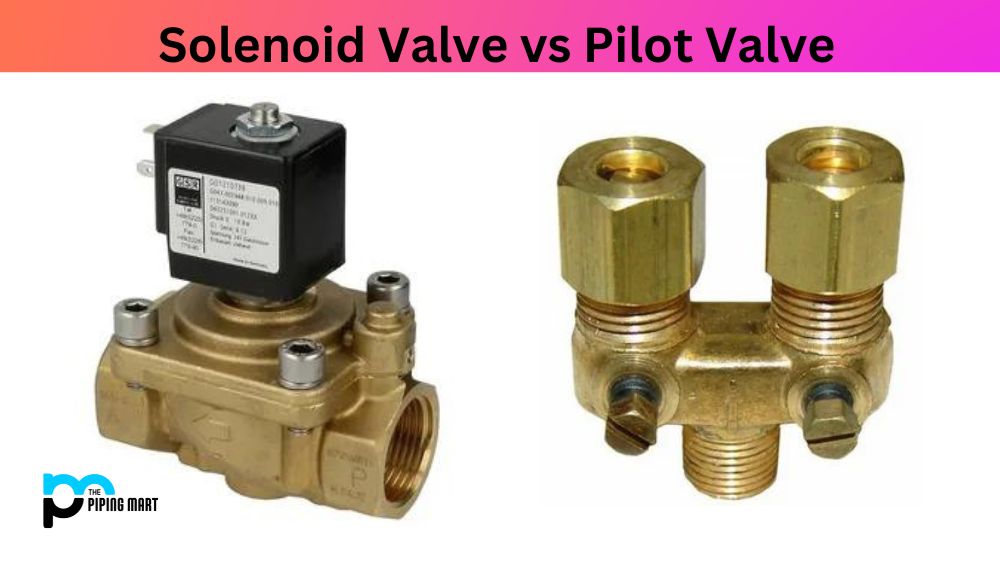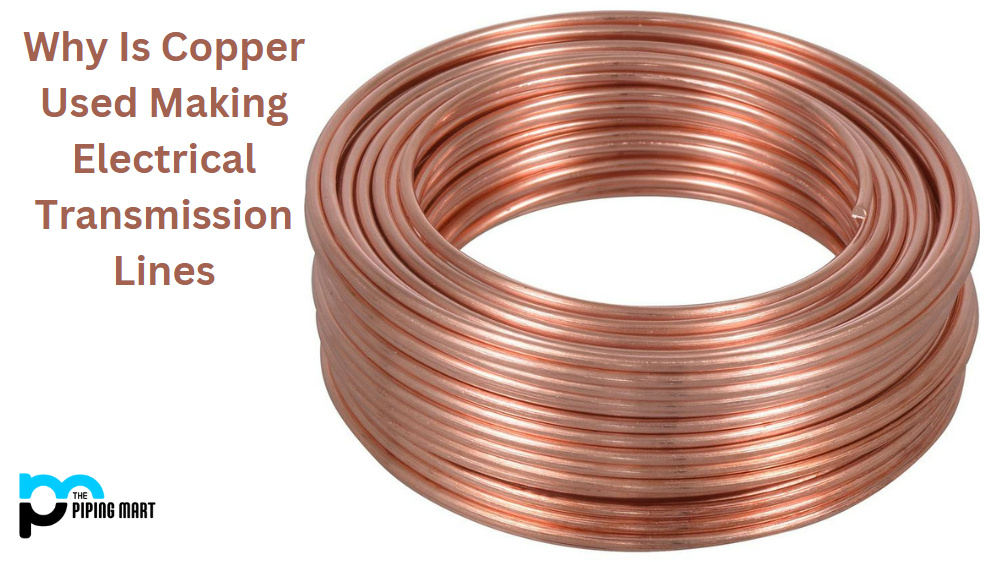In fluid control systems, valves play a critical role in regulating the flow of fluids. With valves, it controllings through pipes. Valves available would be almost impossible in different types, but two of the most commonly used valves in the industry are the solenoid and pilot valves. In this blog post, we’ll look at these two types of valves to understand what sets them apart.
What is Solenoid Valve?
A solenoid valve is an electromechanical device that is used to control the flow of fluids. It consists of a coil, plunger and spring assembly with different ports for fluid channels. When the current flows through the coil, it creates an electromagnetic field which moves the plunger and opens or closes the port depending on its position. This allows for precise control over fluid flow rate and direction.
What is Pilot Valve?
Pilot Valve is a type of valve that uses a small amount of fluid to directly or indirectly operate a larger main valve, making it easier to modulate and control the flow of the main valve. It’s commonly used in applications where precise control over pressure and flow is needed. They are usually compact, lightweight, highly reliable devices with good life expectancy.
Difference Between Solenoid Valve and Pilot Valve
Working principle
A solenoid valve is an electromechanical valve that uses an electric current to open and close a plunger. It is typically a two-way valve that works by allowing or blocking fluid flow through a pipe. On the other hand, a pilot valve uses a small amount of fluid flowing through a control line to operate a larger valve. A three-way valve works by diverting or allowing fluid flow through a pipe.
Size and application
Solenoid valves are typically small and ideal for applications requiring precision control and quick response times. They are commonly used in medical equipment, industrial automation systems, and food processing equipment. On the other hand, pilot valves are larger and ideal for controlling the flow of high-pressure fluids. They are commonly used in hydraulic systems, pneumatic systems, and in the oil and gas industry.
Complexity
Solenoid valves are generally simpler and less expensive than pilot valves. They are easy to install, operate, and maintain, making them popular for many applications. On the other hand, pilot valves are more complex and require additional components such as a control line, actuator, and valve components. Though expensive, they offer more precise control over the flow of fluids.
Pressure and flow control
In terms of pressure and flow control, solenoid valves are better suited for low-pressure applications. They are not recommended for controlling high-pressure fluids or handling fluids with high viscosity. Pilot valves are better suited for high-pressure applications, as they can handle larger flow rates and be used in systems requiring precise pressure control.
Reliability
Solenoid valves are highly reliable and require minimal maintenance. They are less prone to failure and can last many years without replacement. On the other hand, pilot valves are more prone to failure and require regular maintenance to ensure they are operating correctly.
Conclusion:
When selecting a valve for your specific application, knowing the difference between solenoid and pilot valves is important. Both valves have unique features and applications, and selecting the right valve could mean the difference between success and failure. Solenoid valves are best used for low-pressure applications and are ideal for applications that require immediate response times, such as in medical equipment. On the other hand, pilot valves are larger and more complex but offer precise control over high-pressure fluids. So, always consider the requirements of your application when selecting a valve to ensure maximum efficiency.

A passionate metal industry expert and blogger. With over 5 years of experience in the field, Palak brings a wealth of knowledge and insight to her writing. Whether discussing the latest trends in the metal industry or sharing tips, she is dedicated to helping others succeed in the metal industry.




